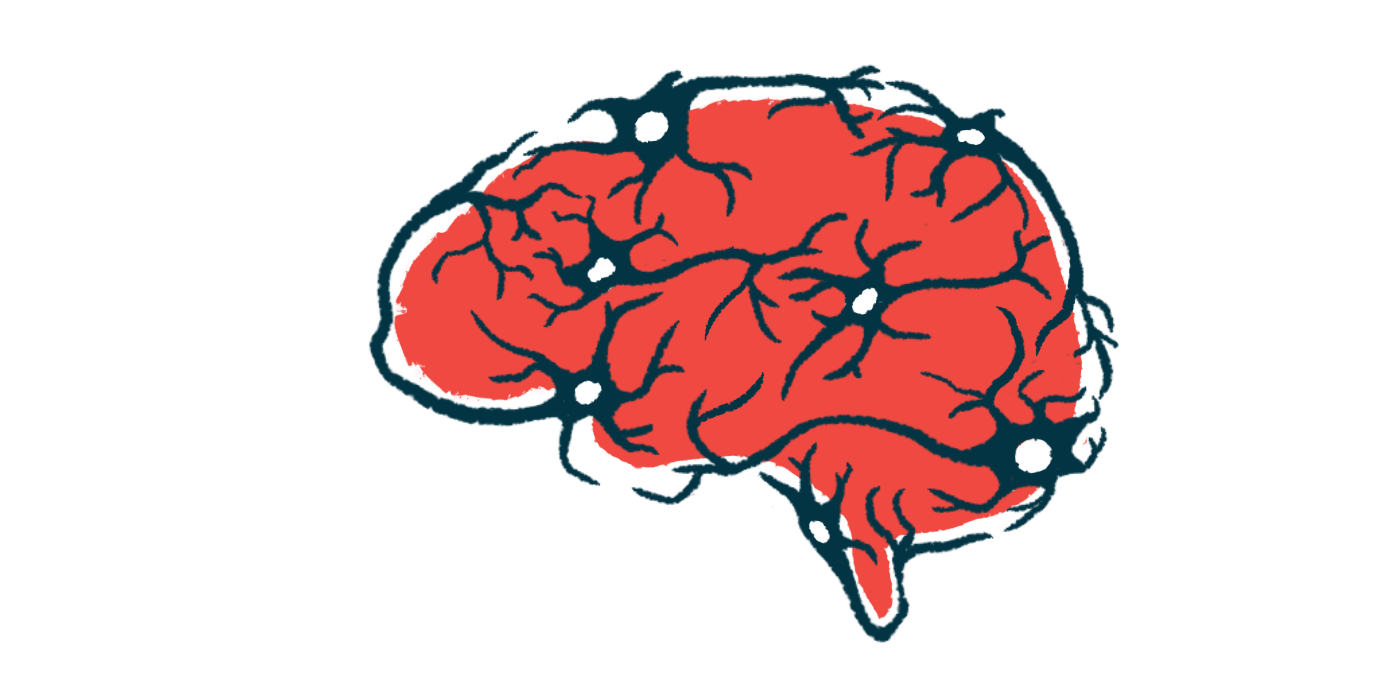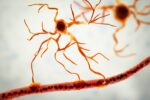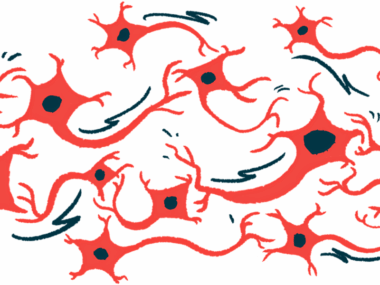Targeting reactive astrocytes in brain may lead to novel treatments
Scientists say indirect approach may work to halt nerve cells degeneration
Written by |

Targeting reactive astrocytes — star-shaped cells in the brain that play a supportive role for neurons but can promote brain inflammation when deregulated — could pave the way for novel therapies for neurodegenerative conditions like Parkinson’s disease, according to the findings of a new study.
The study found that chemical inhibition, or blocking, of an enzyme called histone deacetylase 3 (HDAC3) prevented the formation of reactive astrocytes.
The researchers say the goal of such new therapies would be to indirectly protect nerve cells in the brain.
“Therapies for neurodegenerative disease typically target the nerve cells directly, but here we asked if fixing the damaging effects of astrocytes could provide therapeutic benefit,” Paul Tesar, PhD, a professor at Case Western Reserve University School of Medicine, in Ohio, and the study co-lead author, said in a university press release.
Overall, according to the team, these finding indicate that “therapies that target HDAC3 may be protective in neurodegenerative disease.”
Titled “A phenotypic screening platform for identifying chemical modulators of astrocyte reactivity,” the study was published in the journal Nature Neuroscience.
Novel platform lets researchers test thousands of medications
Parkinson’s disease is caused by the death and dysfunction of nerve cells in the brain that are responsible for the production of dopamine, a signaling molecule that plays a role in controlling movement.
Evidence suggests that dysfunction of other cells, namely astrocytes, also contributes to Parkinson’s progression by promoting brain inflammation, or neuroinflammation.
Astrocytes, which get their name from their star-like shape, provide physical support for neurons. However, mounting evidence from postmortem brain tissue samples from Parkinson’s patients shows the presence of reactive astrocytes that produce large amounts of inflammatory molecules.
In fact, reactive astrocytes are a hallmark of other neurodegenerative conditions, including Alzheimer’s disease and multiple sclerosis.
While modulating reactive astrocytes represents an attractive therapeutic strategy, current lab or in vitro platforms are limited in the scale of the astrocytes able to be maintained in cultures for drug testing.
Now, the team at Case Western, along with colleagues at the George Washington School of Medicine, The Ohio State University and the University of Tampa, developed a novel lab discovery platform that uses high-throughput technology to test thousands of possible medications that prevent the overactivation of astrocytes.
Of 3,115 small molecules, they identified 29 that decreased the levels of a specific protein called GBP2 in astrocytes. The GBP2 protein is known to be elevated in reactive astrocytes from mice and humans.
Compared with astrocytes treated with an innocuous compound (vehicle) that served as control, these 29 small molecules reduced the percentage of GBP2-positive astrocytes by 90% or more.
Blocking HDAC3 enzyme may prevent reactive astrocytes from forming
One particular chemical compound stood out in the in vivo testing: an inhibitor of the activity of the HDAC3 enzyme.
“By harnessing the power of high-throughput drug-screening, we’ve identified a key protein regulator that, when inhibited, can prevent the formation of harmful astrocytes,” said Benjamin Clayton, PhD, a National Multiple Sclerosis Society career transition fellow in the Tesar lab and the co-lead author of the study.
Blocking this enzyme, with the use of two HDAC3-specific inhibitors or by genetically deleting the gene coding for it, suppressed the formation of reactive astrocytes in vitro, or in the lab. It also worked in vivo, or in living mice, where chemical or genetic inhibition of HDAC3 suppressed the formation of reactive astrocytes.
Additionally, blocking HDAC3 significantly increased the survival of nerve cells in mouse models of nerve cell damage.
This research establishes a platform for discovering therapies to control diseased astrocytes and highlights the therapeutic potential of regulating astrocyte states to treat neurodegenerative diseases.
According to Tesar, this ultimately could prove to be a game-changer for developing new treatments that work indirectly to treat neurodegeneration.
“This research establishes a platform for discovering therapies to control diseased astrocytes and highlights the therapeutic potential of regulating astrocyte states to treat neurodegenerative diseases,” Tesar said.
Further experiments showed that inhibition of HDAC3 suppressed the activation of pro-inflammatory genes in astrocytes.
While further research is needed before these findings can be applied to patients, this study paves the way for the development of novel therapies that simultaneously halt the formation of harmful astrocytes and protect nerve cells from damage.
“Our findings redefine the landscape of neurodegenerative disease treatment and open the door to a new era of astrocyte targeting medicines,” Tesar said.
This study was funded by grants from the National Institutes of Health, the National Multiple Sclerosis Society, and the Hartwell Foundation, as well as through philanthropic funds from sTF5 Care and the R. Blane & Claudia Walter, Long, Goodman, Geller and Weidenthal families.







